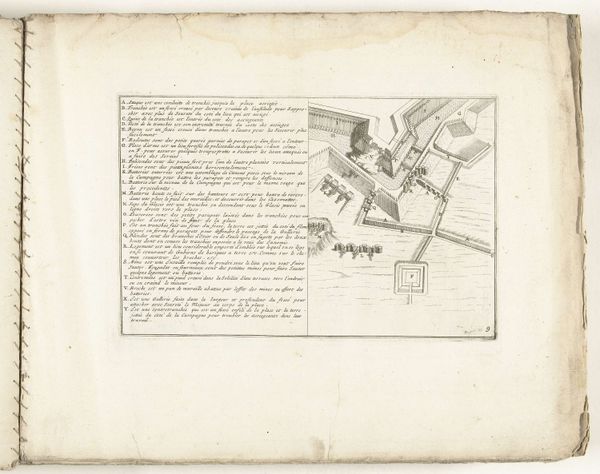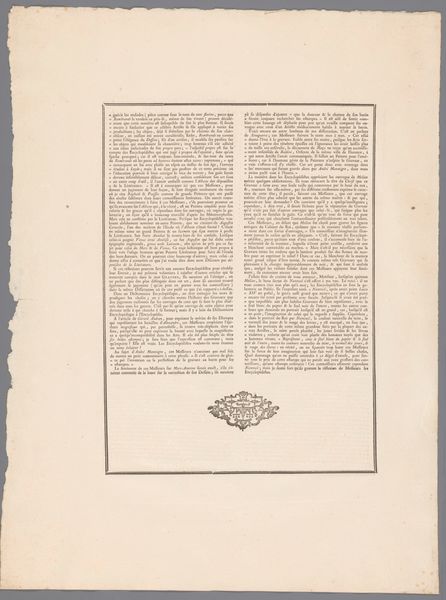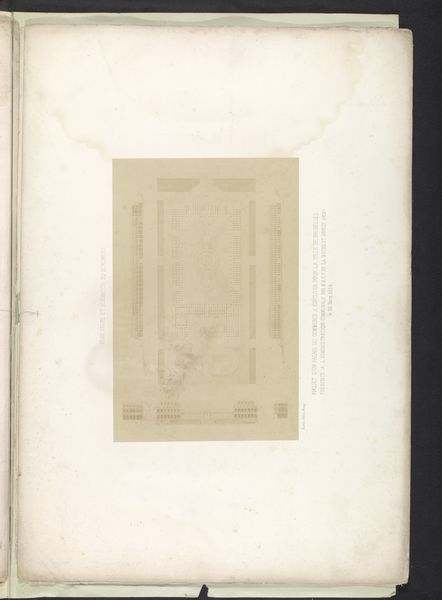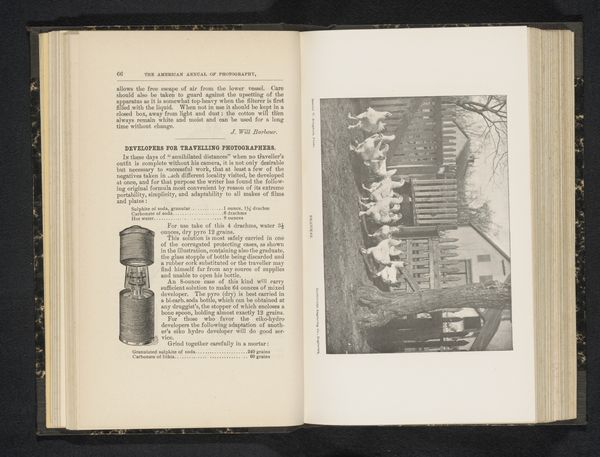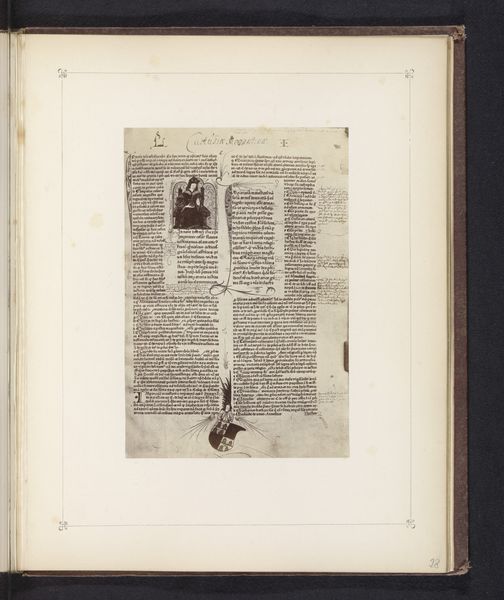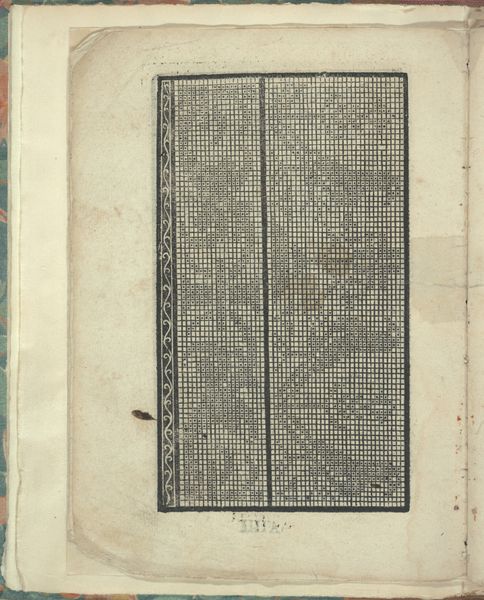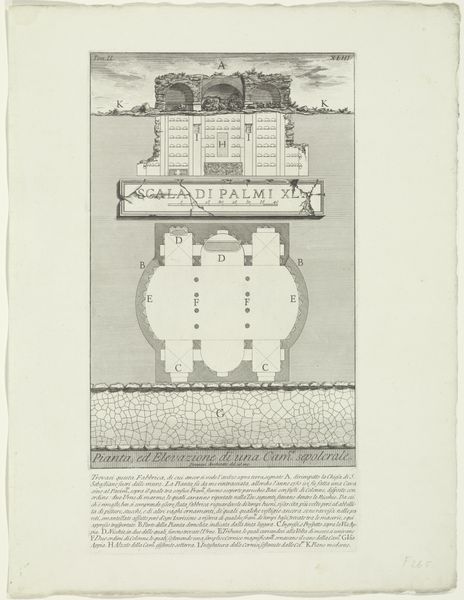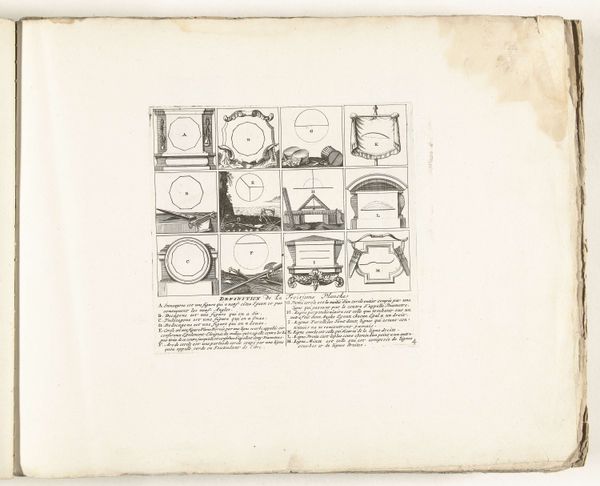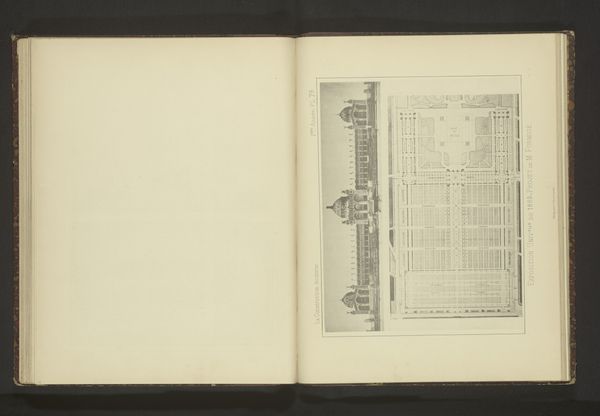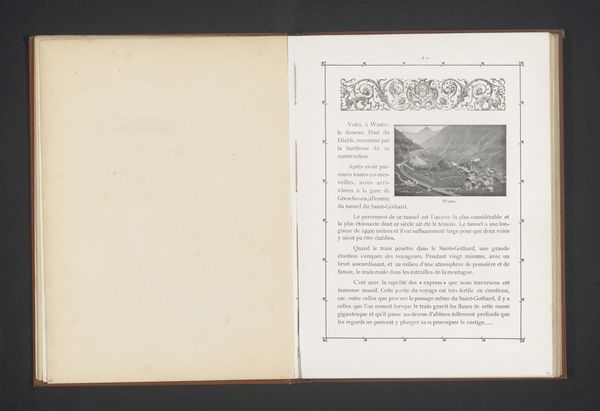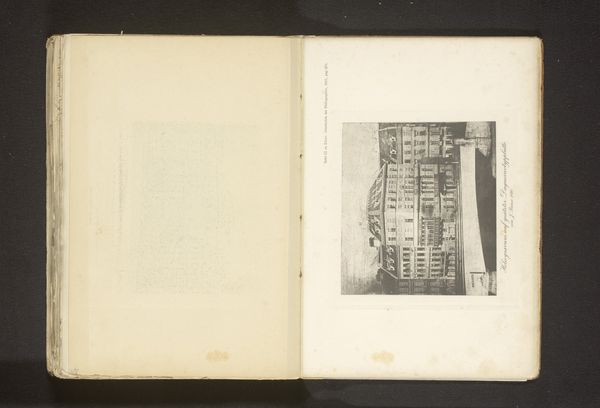
drawing, print, ink, engraving
#
drawing
#
aged paper
#
baroque
# print
#
pen sketch
#
sketch book
#
hand drawn type
#
landscape
#
personal sketchbook
#
ink
#
pen-ink sketch
#
pen work
#
sketchbook drawing
#
cityscape
#
history-painting
#
storyboard and sketchbook work
#
sketchbook art
#
engraving
Dimensions: height 610 mm, width 425 mm
Copyright: Rijks Museum: Open Domain
Curator: Let’s consider Jacobus Harrewijn’s “Plan van de slag bij Wijnendale, 1708,” created in 1711 using ink and engraving. At first glance, we see a meticulously rendered battle plan laid out within an open book. It's so interesting how the content on the left, and its placement opposite a battle plan, really suggests a book about warfare. How do you interpret this work in terms of its production? Editor: Well, seeing this battle plan presented as an engraving, especially with the facing page of text, makes me think about the labor involved. Creating these kinds of prints was clearly a craft and an industry, not just "high art," even if it's depicting a significant historical event. It almost seems as though we are witnessing a means to an end in the overall manufacturing of printed materials documenting 18th century wars. What does the piece emphasize about material conditions of war beyond simply a strategic rendering of battle? Curator: Precisely! Look at the level of detail achieved through engraving; a highly skilled and time-consuming process. It speaks to the value placed on disseminating information about this battle and the consumption of such imagery by a reading public keen to follow military events. Consider the ink, the paper, and the printing press itself. The whole plan depends on networks of supply and craft. Would you say then, that this piece functions as a commentary on early media production and distribution, especially as it relates to warfare? Editor: I think so, yes. It highlights the commodification of war news and information through printmaking. It also appears the page facing the rendering includes what appears to be a description. Therefore, we're looking at what almost appears to be an instance of multimedia communication and delivery from over 300 years ago. That's incredible! Curator: Indeed. By looking at the materiality and mode of production, we understand this plan not just as a representation of a battle, but as a product of complex social and economic forces. It's not just art, but material culture shaped by, and shaping, the narratives of war. Editor: I now have a completely different lens through which to analyze early print culture. Thank you for expanding my understanding of material context!
Comments
No comments
Be the first to comment and join the conversation on the ultimate creative platform.
